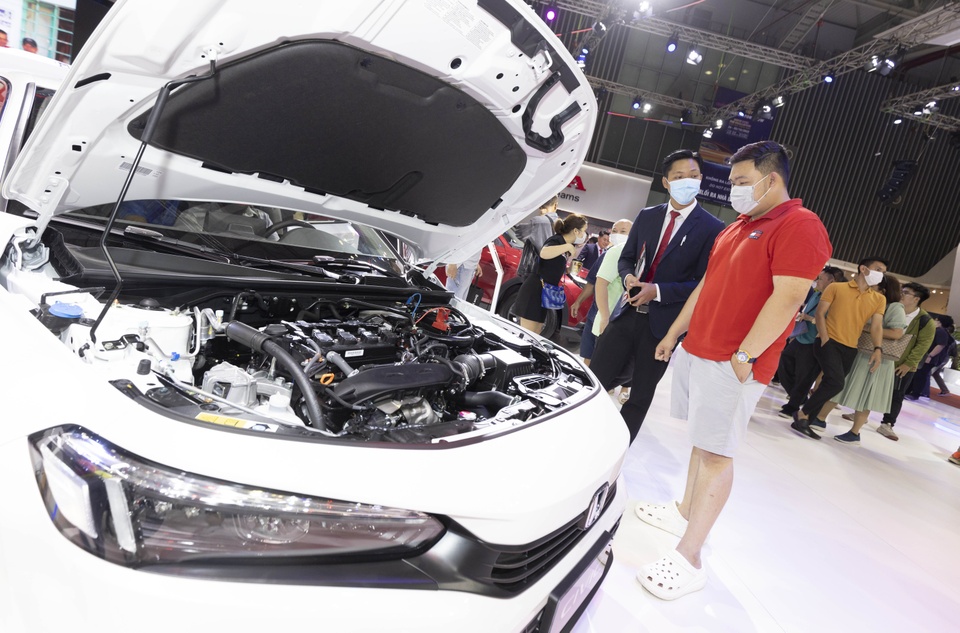
|
|
The balance of sales between imported and domestically assembled cars changed last month. Photo by Phuong Lam. |
The latest report from the Vietnam Automobile Manufacturers’ Association (VAMA) shows that in April, the total consumption of all types of automobiles in Vietnam reached 24,350 units, an almost 11% decrease compared to the sales of the previous month.
This decline was mainly due to the decrease in sales of passenger cars, which reached 17,258 units, 9% lower than in March. Meanwhile, commercial and specialized vehicles achieved growth of 15% and 21% in sales, respectively.
Imported Cars Outsell Domestically Assembled Ones
However, the most notable development in Vietnam’s automobile market in April was the superior performance of completely built-up imported cars (CBU) in terms of sales compared to domestically assembled cars (CKD).
Specifically, CKD cars sold 11,983 units in the Vietnamese market in April, while CBU cars sold nearly 400 more units, reaching 12,367.
| Imported cars outsell domestically assembled ones | |||
| Correlation between sales of imported and assembled cars in the Vietnamese market in April (Data source: VAMA) | |||
| Label | Imported car sales | Assembled car sales | |
| car | 12367 | 11983 |
This was considered a pleasant surprise in the Vietnamese automobile market, where domestically assembled cars usually dominate imported ones in sales figures. VAMA’s sales data shows that since the beginning of 2021, there have been only four instances where Vietnamese consumers purchased more CBU cars than CKD cars in a reporting period.
Specifically, in June 2022, domestically assembled cars sold 11,044 units in Vietnam, lower than the sales of 14,115 units of imported cars. This situation continued into the following month, with imported cars outselling domestically assembled cars by 2,736 units.
The balance of sales once again tilted in favor of CBU cars in January 2023, when the Vietnamese automobile market stagnated and lost 51% of sales compared to the previous reporting period. At that time, domestically assembled cars recorded sales of 8,086 units, while imported cars sold 9,228 units.
|
|
|
Imported cars do not consistently outsell domestically assembled cars. Photo by T.T. |
In April, CBU cars outsold CKD cars for the fourth time in over three years. However, the gap this time was not significant, with only a difference of nearly 400 cars, instead of the gap of over 2,700 cars set back in July 2022.
The latest sales data provided by VAMA raises the question of whether domestically assembled cars are losing their position to imported ones. Moreover, the situation could become more challenging for domestic cars in the future.
The Appeal of Imported Cars
The main reason for the imported cars’ performance in the Vietnamese market in April was their appeal to local consumers.
Specifically, out of the top 10 best-selling cars in the Vietnamese market last month, four models were completely imported, including the Toyota Yaris Cross, Mitsubishi Xforce, Toyota Innova Cross (all imported from Indonesia), and the Ford Everest, which is sourced from Thailand.
Additionally, some models sold in Vietnam in both CKD and CBU forms also appeared in the top 10 best-selling cars, including the Mitsubishi Xpander, Ford Ranger, and Honda CR-V.
| Model | April Sales (units) | Origin |
| Mitsubishi Xpander | 1,263 | CKD, CBU |
| Ford Ranger | 1,262 | CKD, CBU |
| Toyota Vios | 923 | CKD |
| Toyota Yaris Cross | 882 | CBU |
| Hyundai Accent | 848 | CKD |
| Mitsubishi Xforce | 806 | CBU |
| Toyota Innova Cross | 802 | CBU |
| Mazda CX-5 | 800 | CKD |
| Ford Everest | 766 | CBU |
| Honda CR-V | 626 | CKD, CBU |
Moreover, a significant portion of the sales of the Mitsubishi Xpander – the best-selling car in Vietnam for the last two months – also came from the CBU models imported from Indonesia.
Specifically, the sales of the Mitsubishi Xpander CBU in April reached 1,110 units, accounting for nearly 88% of the total sales of this small MPV model in Vietnam. Looking at the cumulative sales of the Mitsubishi Xpander up to the end of April, out of the 4,771 units sold, 4,307 units were imported from Indonesia.
The appeal of the Mitsubishi Xpander CBU, combined with the sales of the Toyota Yaris Cross (882 units), Mitsubishi Xforce (806 units), Toyota Innova Cross (802 units), and Ford Everest (766 units), contributed to the victory of imported cars over domestically assembled ones in terms of sales.
For the Honda CR-V, April was also a notable month as it marked the dominance of the e:HEV RS version in the Vietnamese market. Specifically, this version, which is the only one imported from Thailand, sold 534 units, far surpassing the sales of 92 units of the domestically assembled versions.
The Future of Domestically Assembled Cars in Vietnam
The fluctuations in the top 10 best-selling cars list can be considered a short-term reason for the shift in the CKD-CBU sales balance in Vietnam. However, domestically assembled cars also have reasons to be concerned about losing market share in the future, especially as free trade agreements come into effect and significantly reduce import tariffs on automobiles entering Vietnam in the coming years.
Currently, automobiles imported from Southeast Asian countries such as Indonesia and Thailand still benefit from a 0% import tariff according to the ASEAN Trade in Goods Agreement and Decree 126 issued in 2022. This preferential tariff is one of the reasons for the common presence of automobiles originating from Thailand and Indonesia in the Vietnamese market.
Specifically, as of the end of April, Vietnam had imported a total of 19,900 automobiles from Indonesia, with a total import value of nearly 287 million USD. Thailand is the second-largest provider of automobiles to Vietnam, with a total of 13,406 cars imported so far this year and a total import value of over 266 million USD. China has also increased its exports to Vietnam compared to last year, but the number of cars entering Vietnam from China remains at 8,848 units, with an import value of approximately 269 million USD.
|
|
|
Indonesia and Thailand are the top two countries supplying automobiles to Vietnam. Photo illustration: Vinh Phuc. |
For similar reasons, it is likely that automobiles originating from Europe and Japan will flood into Vietnam in large numbers in the next few years. This is due to the upcoming effectiveness of other free trade agreements that Vietnam has signed, which will reduce import tariffs from these regions to 0%. Specifically, the European Union-Vietnam Free Trade Agreement (EVFTA) will take effect from 2028, while the Comprehensive and Progressive Agreement for Trans-Pacific Partnership (CPTPP) will come into force from 2027.
This could also be a factor in Subaru’s recent decision to close its car assembly plant in Thailand, as part of the company’s plan to change its business strategy in Southeast Asia. Starting in 2025, countries including Thailand, Vietnam, Malaysia, and Cambodia will switch to a business model of importing Subaru cars directly from Japan.
Nevertheless, domestically assembled cars in Vietnam are not expected to face significant challenges due to the impending wave of imported cars. This is because they benefit from the various free trade agreements that Vietnam has signed. The domestic automobile assembly industry still boasts the presence of well-known car brands, including Hyundai, Toyota, Kia, Mazda, Ford, Honda, BMW, and Mercedes-Benz. Additionally, it is preparing to welcome new brands such as Jaecoo and Omoda from Chery, as well as an unidentified partner of Tasco, in the near future.
BYD also intends to establish an automobile assembly plant in Vietnam, similar to the factories it has set up in Thailand and Indonesia. However, this plan is likely to be initiated after BYD officially enters the Vietnamese market, which is expected to happen in July this year.
|
|
|
BYD also plans to build an automobile assembly plant in Vietnam. Photo illustration: BYD. |
Overall, regardless of which group wins the sales race, it is a positive development for the Vietnamese automobile market. Consumers will undoubtedly benefit from the reduced import tariffs, narrowing the price gap between domestically assembled and imported cars. Additionally, this competition can serve as a driving force to improve the quality of cars from both groups.
For domestically assembled cars in Vietnam, the policy of a 50% reduction in registration fees is expected to come into effect in the remaining months of 2024. This year’s fee reduction is anticipated to boost domestic car purchases and revive the sluggish Vietnamese automobile market in the initial months of the year.
Recommended Reads for Your Journey
The Auto channel recommends interesting books with a variety of engaging topics. During your travels, especially on long journeys, books can be a great companion to pass the time and enrich your mind.
The Perfect Ford Ranger 2022: The King of Pick-up Trucks
Immediately after the successful launch of the Ford Everest, the popular SUV model that caused quite a stir, Ford Ranger seizes the opportunity to update and release a completely new version. With this exciting development, it is poised to maintain its dominance in the pickup truck segment in Vietnam.



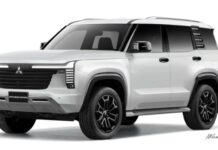
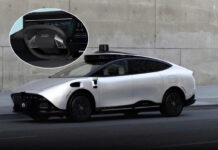






















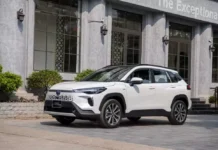

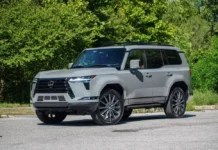

![[CAR REVIEW] The Newly Launched BMW iX3 in Vietnam: Compact, Practical, and Expensive](https://vnauto.net/wp-content/uploads/2023/10/xehay-bmwix3-01082023-9-150x150.jpg)

![[CAR REVIEW] Wuling Mini EV: Affordable, Compact, Convenient, but…](https://vnauto.net/wp-content/uploads/2023/10/xehay-wulingev-16062023-8-150x150.jpg)












